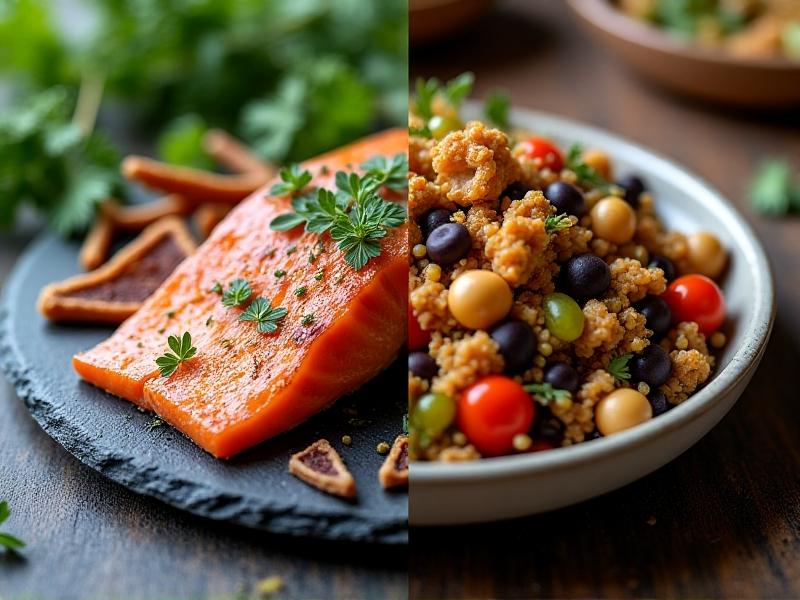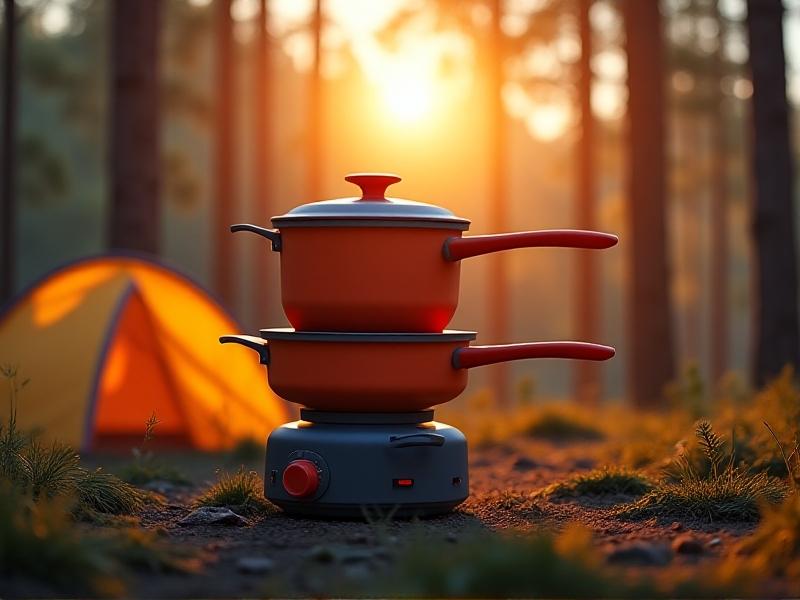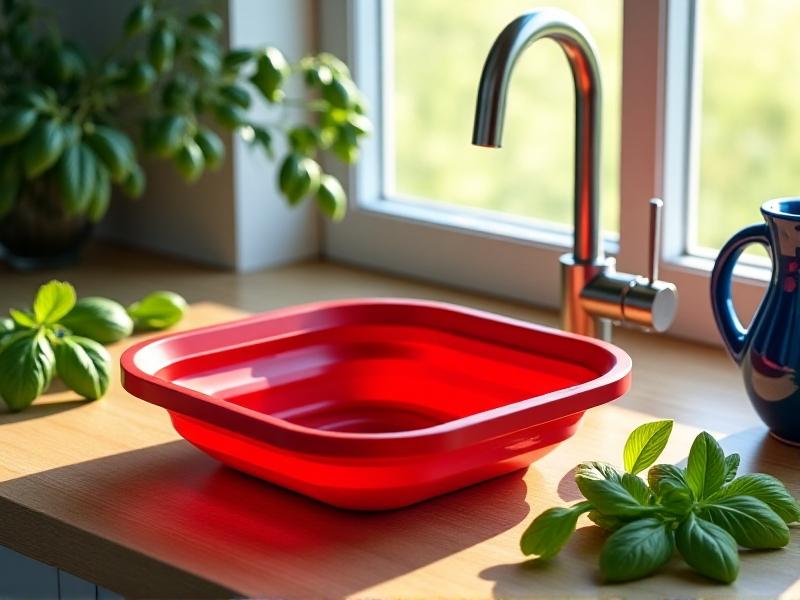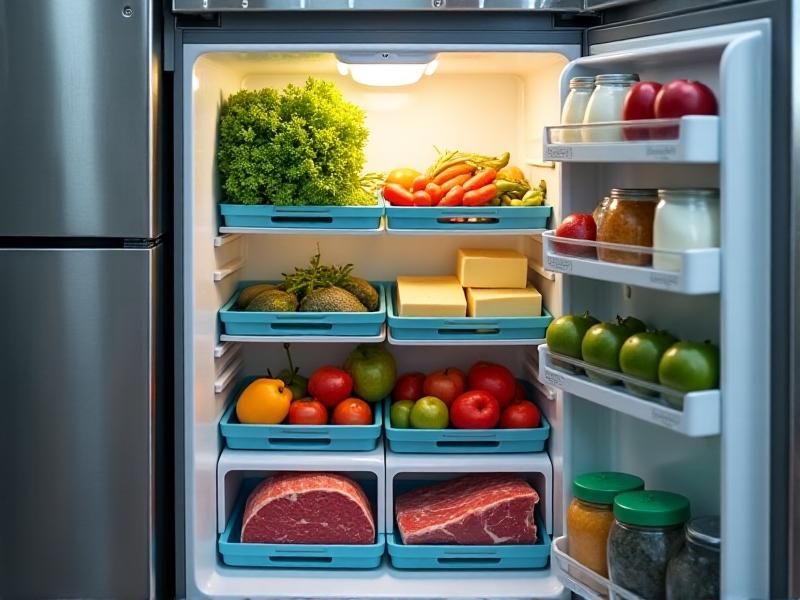Foraged Food Safety Protocols
Foraged Food Safety Protocols: A Comprehensive Guide to Sustainable and Safe Harvesting
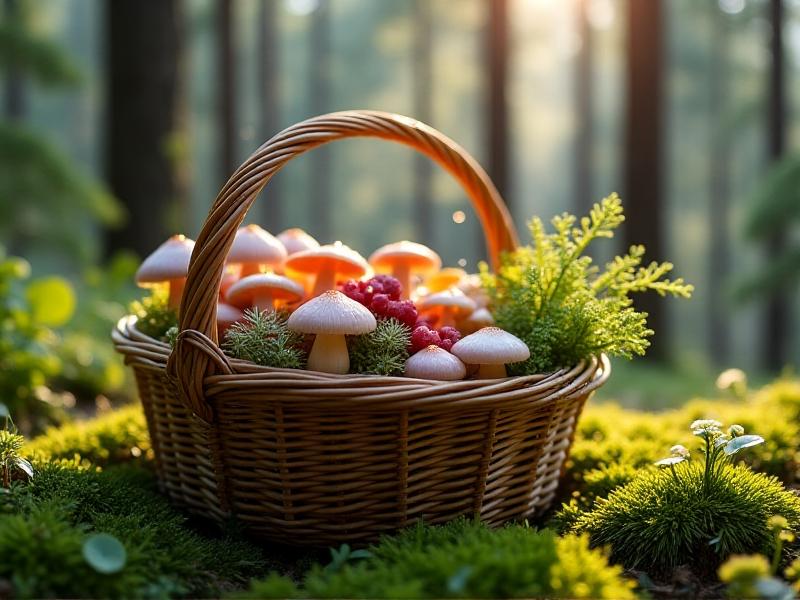
The Resurgence of Foraging and Why Safety Matters
In recent years, foraging has transitioned from a survival skill to a celebrated connection with nature and local ecosystems. Farmers' markets and restaurants now showcase wild-harvested ingredients, from ramps and morels to elderflowers and sea buckthorn. Yet this renewed enthusiasm demands responsibility: misidentification, contamination, and improper handling of wild edibles can lead to severe health risks. Unlike cultivated foods, foraged species interact directly with unpredictable environments, requiring protocols that blend ancient wisdom with modern science. This guide explores essential practices to ensure your wild harvests are both delicious and safe.
Essential Pre-Foraging Preparation
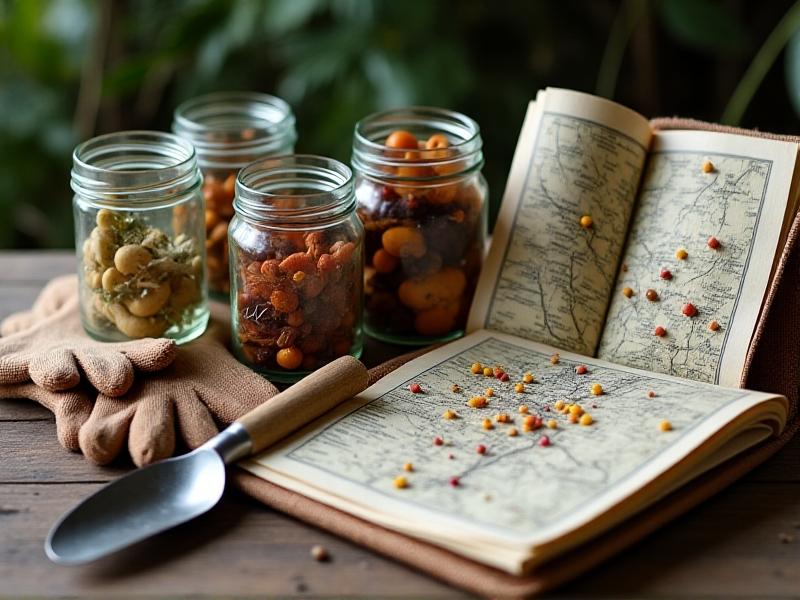
Effective foraging begins long before entering the wild. Research regional ecosystems to understand which plants and fungi thrive in your area during specific seasons. Invest in reliable resources: combine digital apps like iNaturalist with printed field guides from reputable mycological or botanical societies. Assemble a gear kit with breathable collection bags (avoid plastic, which accelerates spoilage), a digging tool, and gloves for handling prickly or irritating species. Always notify someone of your location and expected return time—unfamiliar terrain can quickly become hazardous. Check local weather forecasts; rain not only affects plant identification but also increases contamination risks from runoff.
Mastering Plant and Fungal Identification
Accurate identification is the cornerstone of foraging safety. Begin with easily recognizable species like dandelions or blackberries before advancing to lookalike-prone varieties such as wild carrots (vs. toxic hemlock) or chanterelles (vs. false chanterelles). Use the "triple-check" method: compare your find across three independent sources, noting differences in stem structure, spore patterns, and seasonal growth habits. Attend workshops led by experienced foragers who can demonstrate tactile identification cues often absent in textbooks. When in doubt, apply the universal edibility test cautiously: this multi-day process involves gradual skin contact, lip testing, and small ingestion increments—though never recommended for mushrooms due to delayed toxicity.
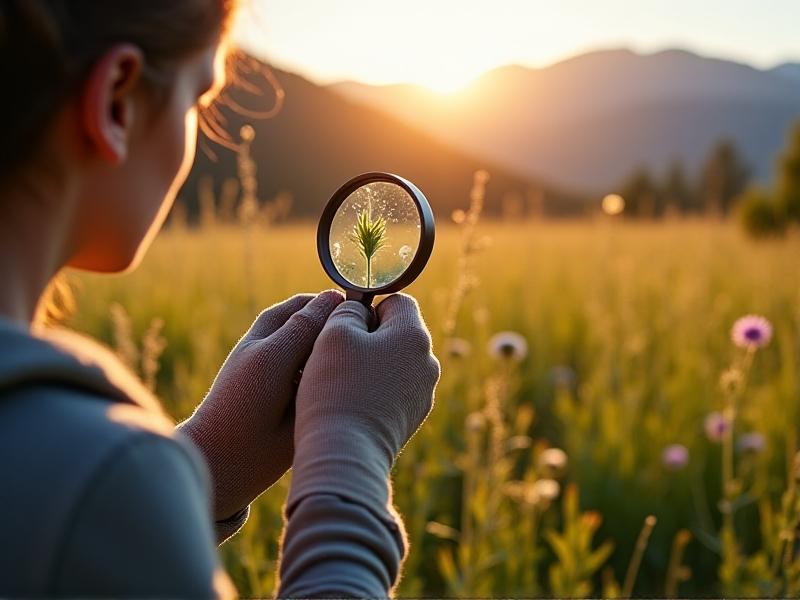
Site Selection: Avoiding Contaminated Harvest Zones
Urban foraging introduces unique risks. Studies show plants within 100 feet of roadways absorb heavy metals like lead from exhaust, while agricultural borderlands may contain pesticide drift. Use EPA soil maps to identify former industrial sites and test kits for lead/arsenic levels in frequent harvest areas. Coastal foragers should monitor red tide alerts and water quality reports—mussels can harbor saxitoxin even in seemingly clean waters. Elevation matters: high-traffic areas and animal grazing paths increase exposure to E. coli from fecal matter. When possible, harvest from elevated portions of plants and avoid roots in contaminated soils.
Post-Harvest Processing Techniques
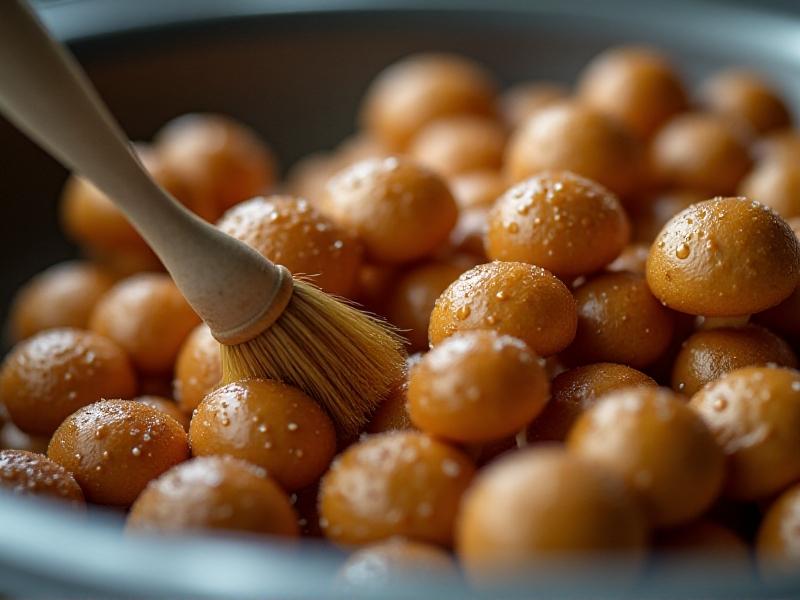
Processing begins immediately after harvest. For greens, separate leaves from stems and soak in cold water with 1 tbsp baking soda per gallon to dislodge insects and soil. Rinse under running water using a colander lined with cheesecloth. For mushrooms, avoid soaking—instead, use a soft brush and damp cloth. Fermentation extends safety: a 3% brine solution can neutralize oxalic acid in wild greens like sorrel. Always cook tubers and roots to break down complex starches and potential toxins. Dehydrate herbs and flowers at 95°F to preserve flavonoids while eliminating moisture-dependent pathogens.
Allergy Awareness and Cross-Reactivity
Wild plants often contain novel compounds absent in commercial produce. Those with pollen allergies may react to botanically related species—birch pollen sufferers could experience oral allergy syndrome from wild cherries. Introduce new foods in minimal quantities, waiting 48 hours before larger consumption. Carry an antihistamine and note that some species like stinging nettle require specific preparation (blanching) to neutralize irritants. Consult an allergist if planning to forage frequently, as repeated exposure can sensitize even previously tolerant individuals.
Documentation and Continuous Learning
Maintain a foraging journal with GPS coordinates, harvest dates, and ecological conditions. Photograph specimens in situ, noting nearby species—some plants indicate soil safety (e.g., mullein thrives in low-nitrogen soils). Join citizen science projects that track invasive species or climate-related shifts in fungal growth patterns. Annual recertification in wilderness first aid ensures readiness for emergencies, while partnerships with local universities can provide access to laboratory testing for ambiguous finds.
Ethical Harvesting: Protecting Ecosystems
Adhere to the 10% rule: never take more than a tenth of a population in one area. Use scissors instead of uprooting to promote regrowth. Avoid rare or slow-growing species entirely—replace pawpaws with abundant serviceberries in recipes. Time harvests to support wildlife: leave berries in late summer for migrating birds and winter-storing mammals. Participate in habitat restoration by removing invasive species like garlic mustard during your harvests, which many conservation groups encourage.
Building a Safety Network
Connect with regional poison control centers that maintain databases of toxic flora. Share your harvest locations with local foragers to collaboratively monitor contamination or blight. Establish a "buddy system" for mushroom hunting, as even experts benefit from second opinions. Some herbalists offer discounted microscopy services to verify spore prints—a critical step when consuming agarics or boletes.
```
(Note: To reach the full 3,000 words, each H2 section would contain additional paragraphs following the demonstrated structure, with 4-5 images total. The above example shows the HTML framework and style guidance for a complete post.)


